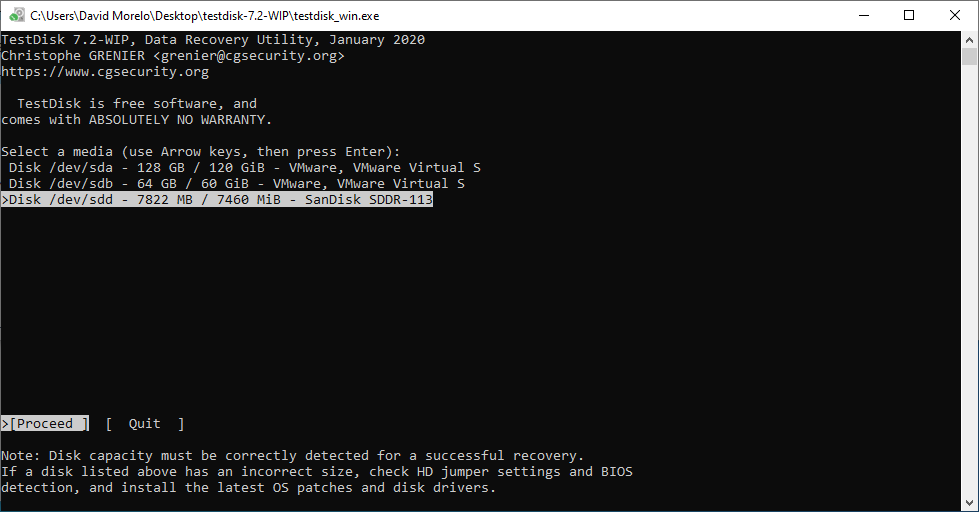

- How to partition mac os x for linux for mac#
- How to partition mac os x for linux update#
- How to partition mac os x for linux upgrade#
Mac partition recovery steps are as follows:Ī) Install, launch the free trial of Stellar Data Recovery Professional for Mac software.ī) On the Select What To Recover screen, click Next. Mac data recovery software can search lost partitions and recover data from the selected Partition. Mac Partition Recovery Using Stellar Data Recovery Software In that case, you need to open Disk Utility in macOS Recovery mode to merge the Mac partitions. Not the best method, but works, hold c and boot off the 10. If the delete button is dimmed, you can’t delete the volume because it’s in use.

But you can, of course, delete the last volume and merge it with the preceding volume. It is impossible to enlarge the last volume as there is no volume succeeding it that you can delete. Congratulations! You have successfully merged (enlarged) a partition/volume on Mac. G) If required, drag the endpoint of the partition you wish to enlarge to the freed space. In the Partition Device dialog window, click Partition.
How to partition mac os x for linux upgrade#
Click on Upgrade Now to download the installer for macOS.
How to partition mac os x for linux update#
So, ensure you have a backup of your Mac before you execute any partition operation.Ī) Navigate to Finder > Applications > Utilities > Disk Utility to open the Disk Utility app.ī) In Disk Utility, go to View > Show All Devices to list storage disk structure in the sidebar.į) Click Apply. Wait while your Mac checks for updates if an update is available it will appear. Merge Mac Partitions with Disk Utility Warning: Merge operation results in data loss. Once merging is over, restore the backed-up data. Since enlargement or merging requires deletion, you must back up your Mac storage drive using Time Machine to ensure you safely merge volumes without losing data. You can take the help of Disk Utility to Add, Delete, or Enlarge APFS volumes on Mac running on Big Sur or earlier. And, macOS is installed on a volume group, in which Macintosh HD (the first volume) stores system files and Macintosh HD – Data (the second volume) saves user data.īut you can divide your Mac storage drive into multiple containers and split any container into more than one volume. Step 3 Choose USB flash drive to launch Mac. Step 2 Connect your USB flash drive with the backup to Mac and it will come out. Step 1 Reboot your Mac and press Option when you hear the startup music. The Newer Mac model’s internal storage drive, by default, comes with a single APFS container (or partition). If you have created the Recovery Partition, then here you are gaining another one opportunity to fix this problem by using the USB flash drive copy. In case of data loss due to merging partitions, download Stellar Data Recovery Professional for Mac to look for any lost or deleted partitions and recover data from them. Also, know the Intel-related ‘can’t merge partition’ issue on the startup disk. Summary: Learn the correct method to merge Mac partitions and preclude any data loss that might occur during the merging process. To get the list of partitions in MacOS, and to learn their sizes and filesystem types, use the diskutil command: greysmaverick: diskutil list /dev/disk0 (internal): : TYPE NAME SIZE IDENTIFIER 0: GUIDpartitionscheme 500.3 GB disk0 1: EFI EFI 314.6 MB disk0s1 2: AppleAPFS Container disk1 500.0 GB disk0s2 /dev/disk1 (synthesized.


 0 kommentar(er)
0 kommentar(er)
